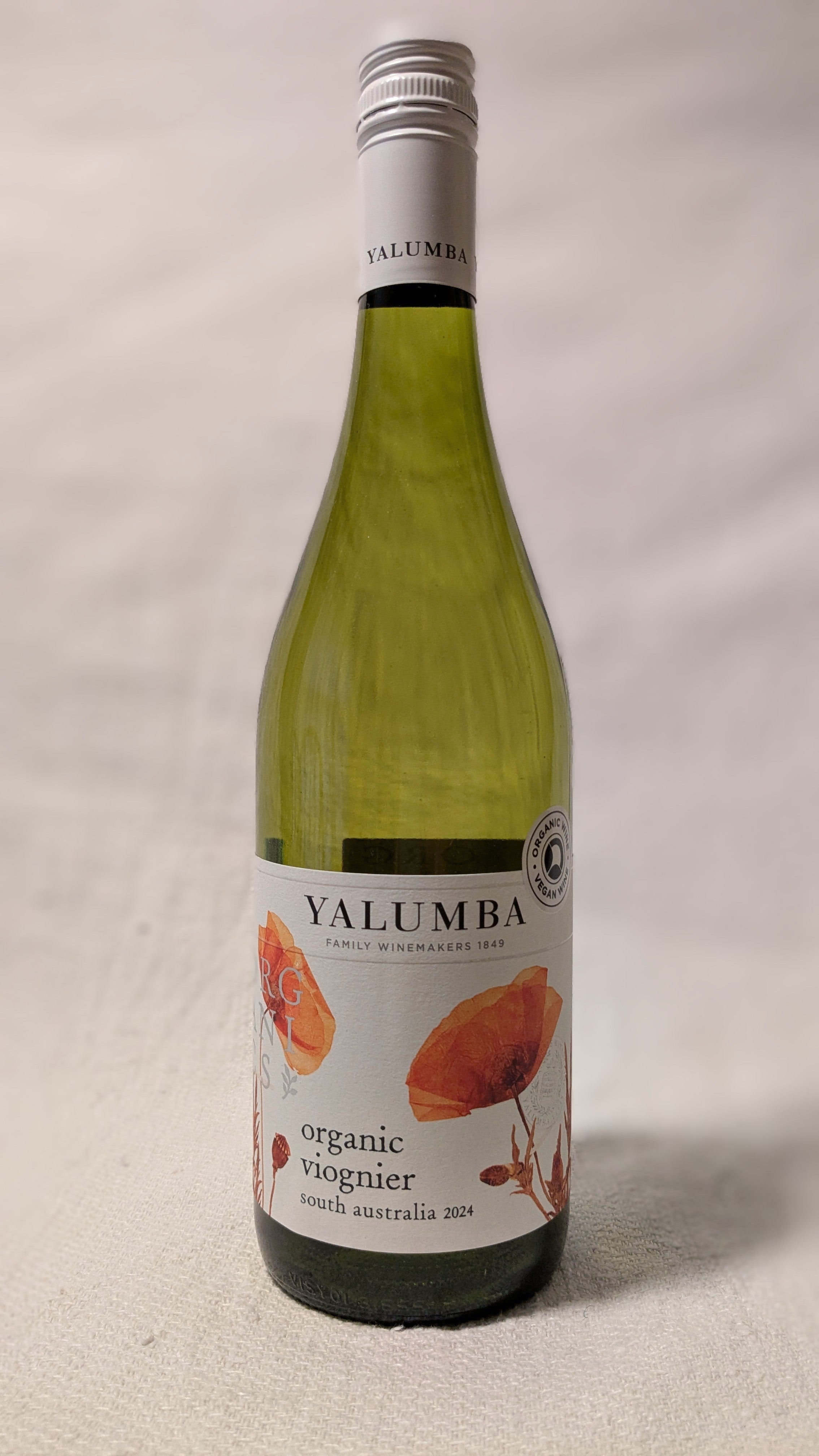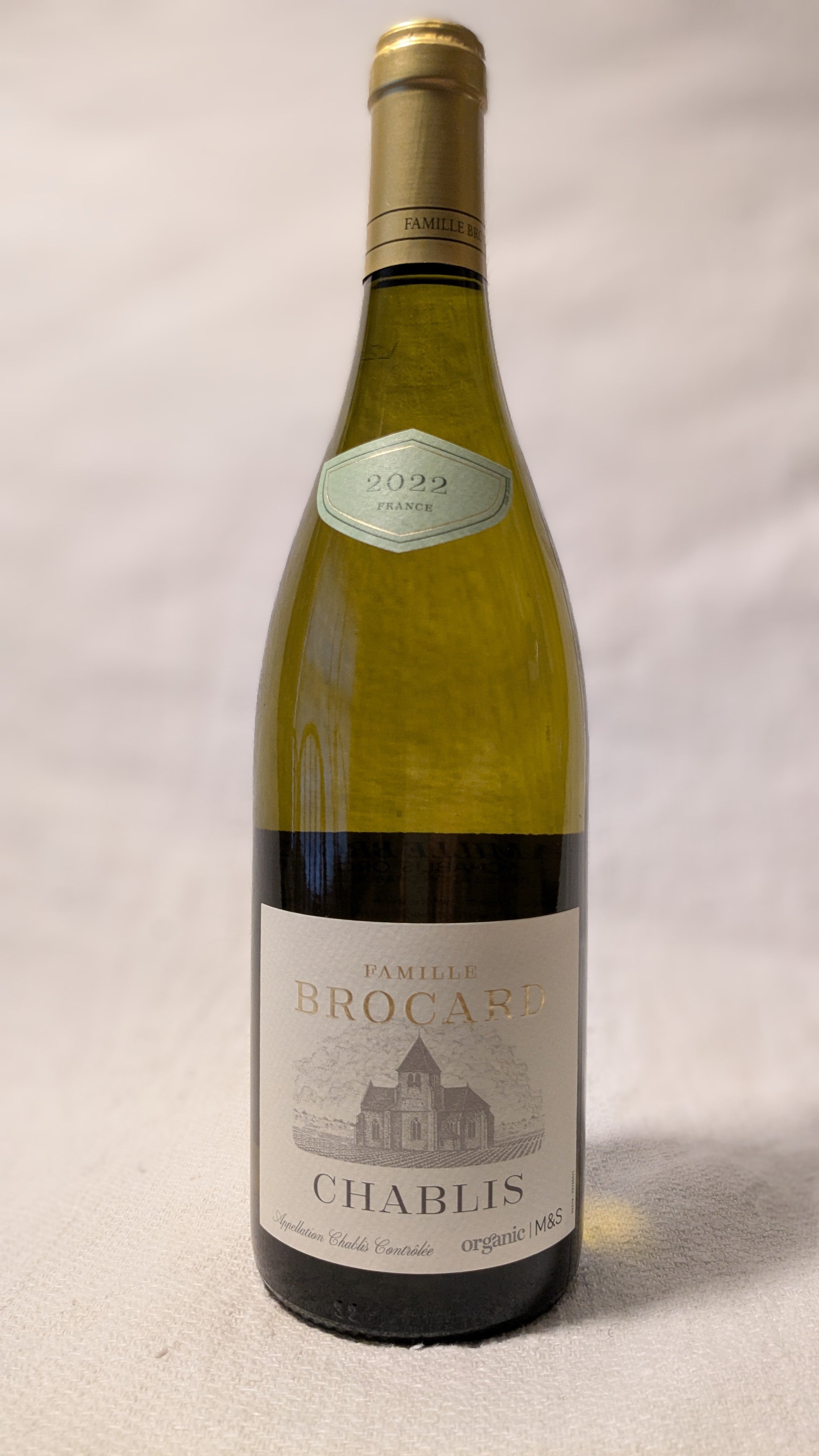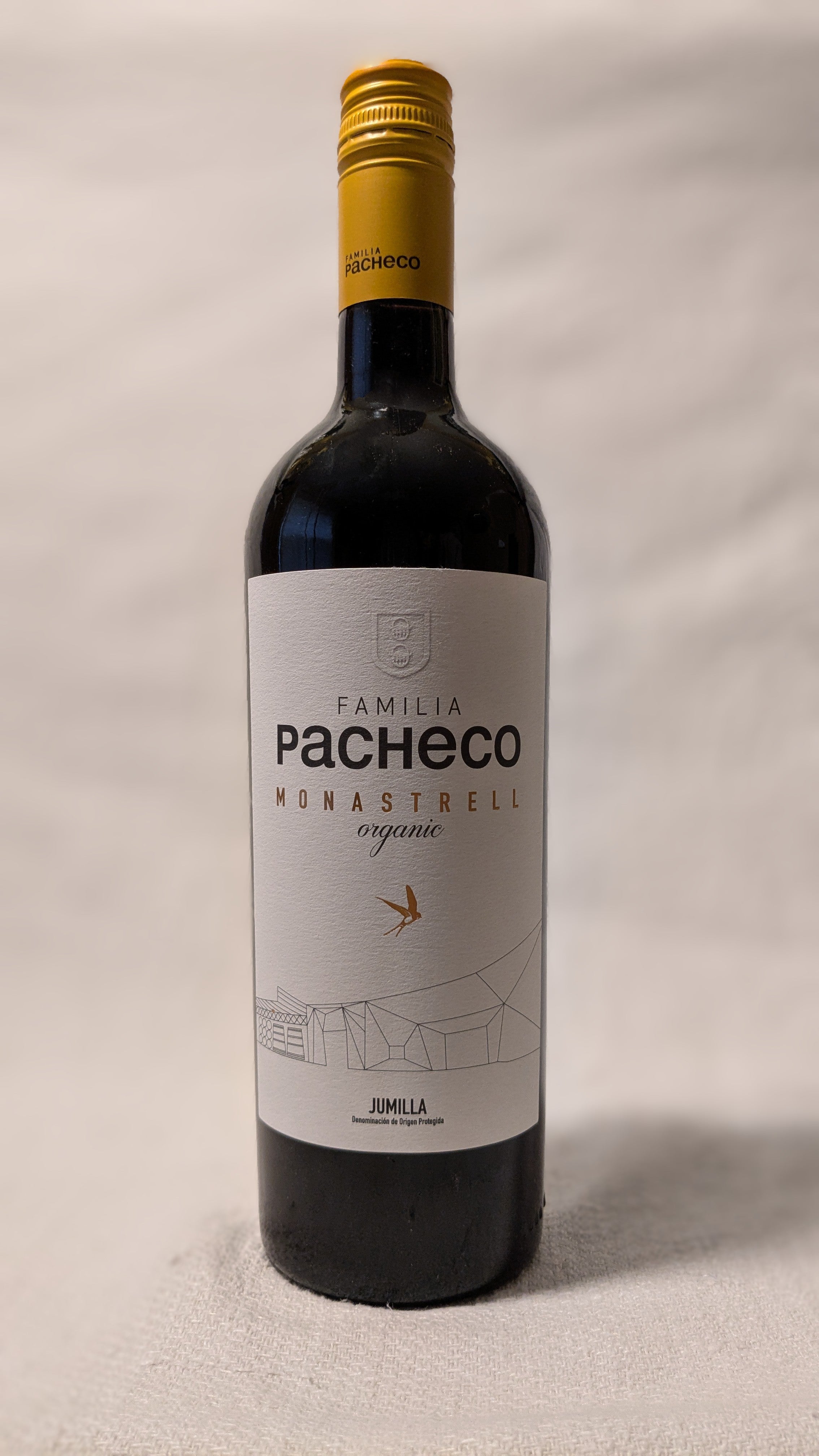The Independent's journalism is supported by our readers. When you purchase through links on our site, we may earn commission.
Is organic wine a gimmick – or a saviour for the wine industry?
Why are organic wines seeing the biggest growth in the wine market – and which are the best? The Independent’s wine columnist Rosamund Hall finds out
Are organic wines just an overpriced gimmick or the saviour of the wine industry? It’s a fairly bold question and one that I won’t be able to answer succinctly, I’m afraid. But they certainly are a bright light in what is currently a rather muted time for wine, with an international decline in sales and oversupply.
I should clarify exactly what I mean by organic wines, as you may have heard of biodynamic and natural wines, but I’ll save those for another day. These are wines that have been made with certified organically grown grapes – no herbicides or pesticides will have been used on the grapes in the vineyard.
This can pose real challenges for the grower, as grapes are under constant threat from diseases and pests – but the idea is that in a regeneratively farmed vineyard, the solutions for such diseases and pests are found within the natural ecosystem of the vineyard.
An organic vineyard encourages and attracts a greater range of flora and fauna, including insects that mitigate the need for pesticides. Soil degradation is limited and the effects of drought can be minimised. And importantly, the workers themselves are less vulnerable to the devastating health implications associated with the usage of these aggressive chemicals.
But how do you know if it’s organic? For wines that have been produced in the EU, they will be signified by a label on the bottle of a green leaf, whose edges are made up by, you guessed it, the stars of the EU flag. Other countries will have their own designation – if it’s an organically produced wine in the UK, it will either have the “soil association” or “OFG: Organic Farmers and Growers” label.
Confusing? Well, hopefully not too much. It should be clear on the bottle.
However, it does become a touch bamboozling when wines are farmed using organic principles but are not certified. A large number of smaller producers may be working without herbicides and pesticides, but due to the expensive and administratively challenging nature of becoming certified organic, they may decide to not go through the official process of certification.
As someone who has both tasted and sold many of these types of wines over the years, it comes with the mutual trust and collegiate nature of the wine world that the producers are being upfront with you. I have never suspected any duplicity but that’s the nature of small winemakers; they often treat you like long-lost family members.
In a period when wine is going through some rocky times, the organic wine segment of the industry is set to boom. In a recent report published by marketing research firm InsightAce Analytic, the organic market was valued at US $9.84bn in 2021 and is on course to reach a staggering US $25.07bn by 2030 – that’s a compound annual growth rate of 11.3 per cent.
Wine regions such as Jumilla in southeastern Spain are pioneering in the championing of organic viticulture – in this one region alone, more than 75 per cent of growers are certified organic. This is despite the increased costs and challenges that growers face in undergoing organic conversion and production.
I couldn’t even hazard a guess as to how many people have heard me give the advice “drink less, but better” – I’ve been banging on about it for years. Could it be that we’re finally starting to not only listen but act on this mantra?
There seems to be an increasing demand from consumers for more environmentally sustainable products across the board, and wine is no different. Generally speaking, organic winemakers tend to be smaller and sell to small independent retailers and restaurants.
However, that seems to be broadening. In August 2024, national retailer Majestic reported that organic wine sales had almost doubled over 12 months; they had seen sales soar by 94 per cent during the 12 months to the end of July 2024, compared to the same period the previous year. Globally, certain countries are spearheading the growth. Monopoly-controlled markets such as Sweden are requiring the wines that they sell to adhere to stricter environmental protections, which is driving demand for organic wines.
While supermarket shelves still have relatively small offerings of organic wines, their numbers are growing. I hope we continue to see buyers finding ways to bring more sustainable wines to consumers nationally, as the global trend is clearly showing this is where future demand lies.
Yalumba Organic Viognier, South Australia, 2024
Available at Waitrose, £10.99 (on offer at £7.99 until 16 February), 14 per cent ABV

Viognier is a staple of the northern and southern Rhone valley regions of France, but here it is transported to the southern hemisphere. I am always impressed by this wine – think of soft apricots, peaches and gentle floral, honeyed touch, all wrapped up with a generous and creamy mouth feel. A beautiful winter white that will transport you to warmer months.
M&S Organic Chablis, Famille Brocard, France, 2022
Available in store at M&S and online at Ocado, £17, 12.5 per cent ABV

Full disclosure, I love chablis and have tasted a lot in my professional career. Chablis is a charming village in Burgundy, eastern France, and the grape used to make wine here is always chardonnay, but not big, smack-you-in-the-face oaky chardonnay – it’s all about elegance, refinement and finesse. The Brocard family have been farming these grapes organically since 1997, this wasn’t about fashion. I adore the bright lemon zesty juice, with a touch of soft lemon curd, a poised steely note, and mouth-watering acidity. It isn’t a cheap wine but it definitely delivers in quality.
Vina Elena Pacheco Organic Monastrell, Jumilla, Spain, 2023
Available at The Wine Society, £8.50, 14 per cent ABV

Robust and delicious, the kind of wine you want in terracotta jugs on a table filled with an abundant spread to share with friends. Made by a highly regarded producer in Jumilla, a region inland from Alicante, this full-bodied monastrell (aka, mourvedre) has brambly dark berries and deep black cherry and a sweet balsamic glaze finish. Outstanding value for money.
Piccini Histrio Organic Anfora Toscana Rosso, Italy, 2020
Available at Majestic, £12.99, 13.5 per cent ABV

Made by a large but still family-owned producer who has been making wine for 140 years. This blend of sangiovese (the grape of Tuscany) and malvasia nera has been aged in large clay amphora for 12 weeks. It is deep and concentrated with appealing tannins, and packed with the characteristic ripe red cherry, redcurrant, raspberry and juicy red plums of sangiovese. There is a Mediterranean herbal note of wild oregano and rosemary and brined black olives. Close your eyes and you can smell the sunbaked landscape of a summer in Tuscany. It would be delicious with roast lamb rubbed in fresh rosemary and plump garlic.
Rosamund Hall (DipWSET) is a freelance writer, presenter and columnist specialising in wine and spirits as well as travel and lifestyle
Join our commenting forum
Join thought-provoking conversations, follow other Independent readers and see their replies
Comments
Bookmark popover
Removed from bookmarks